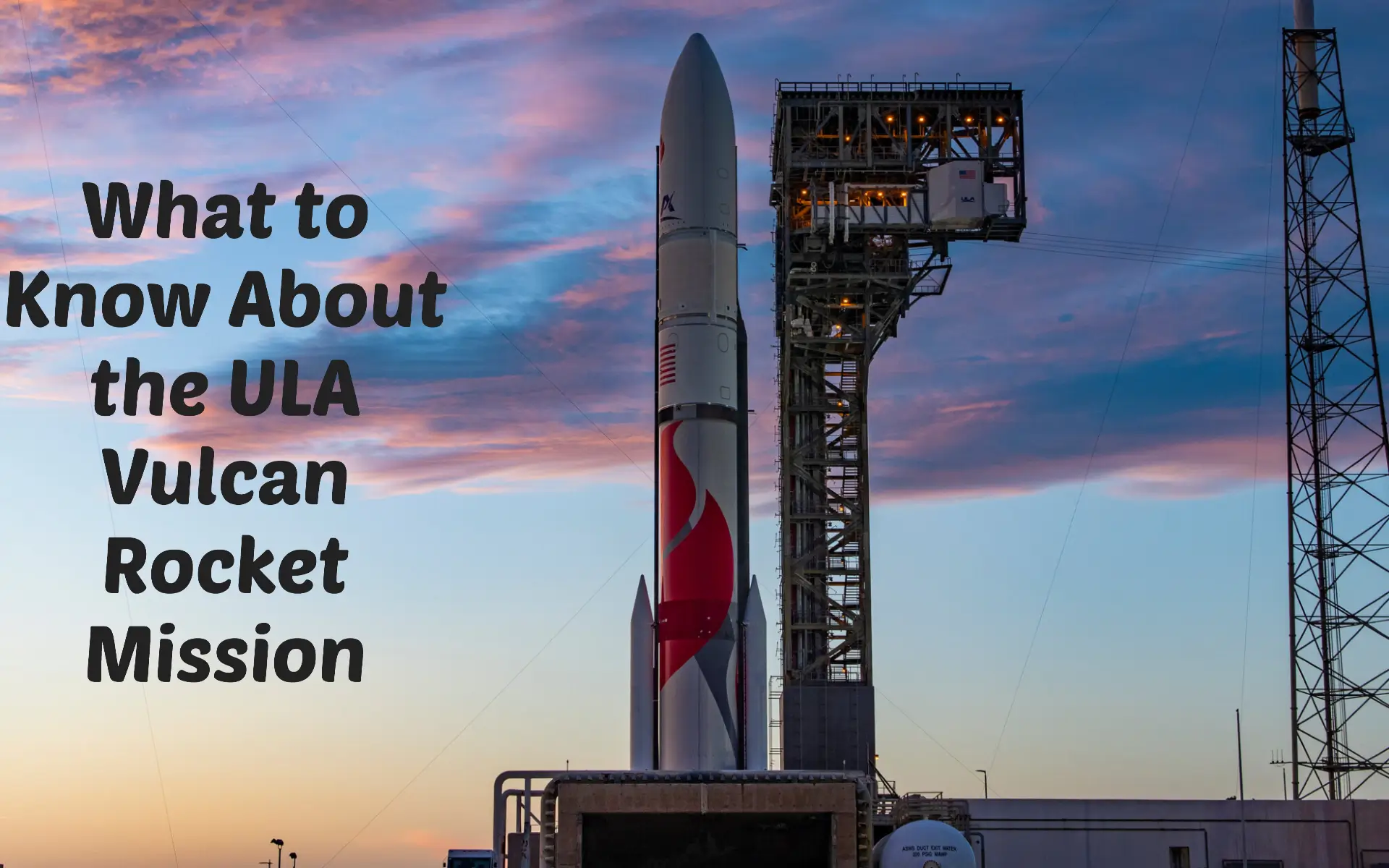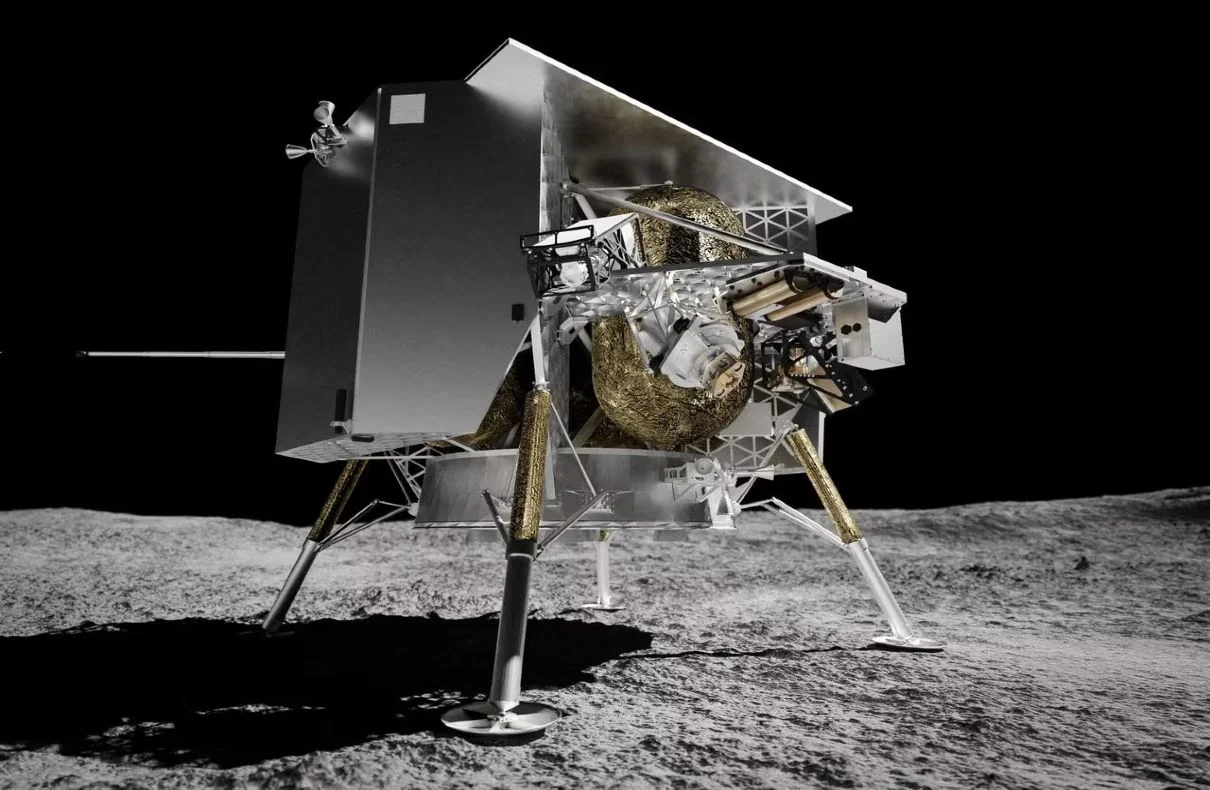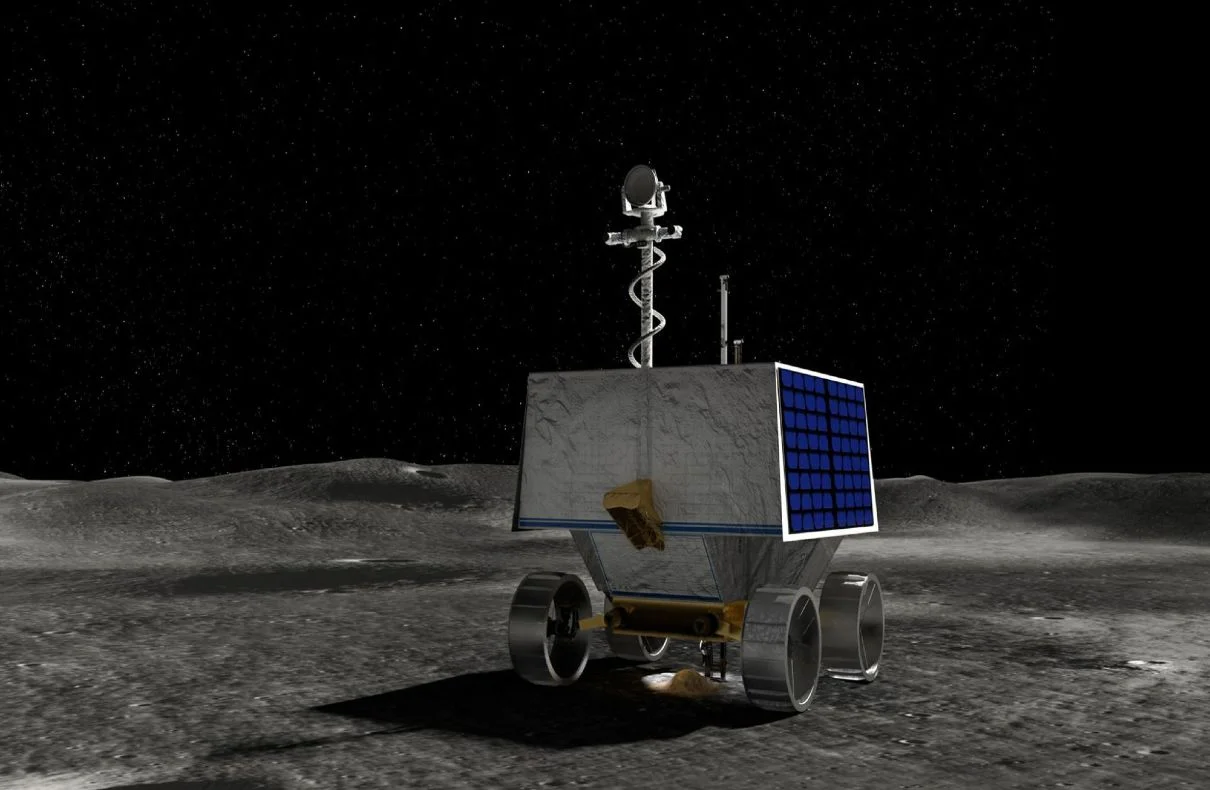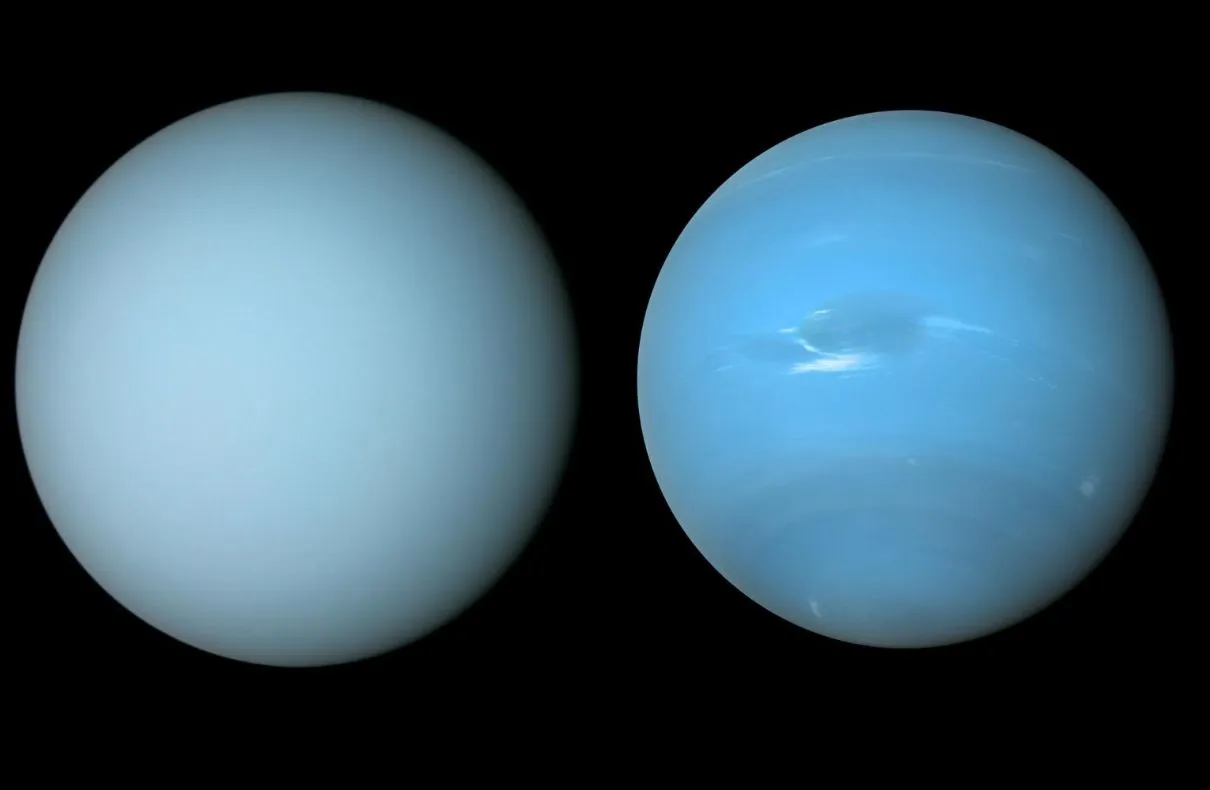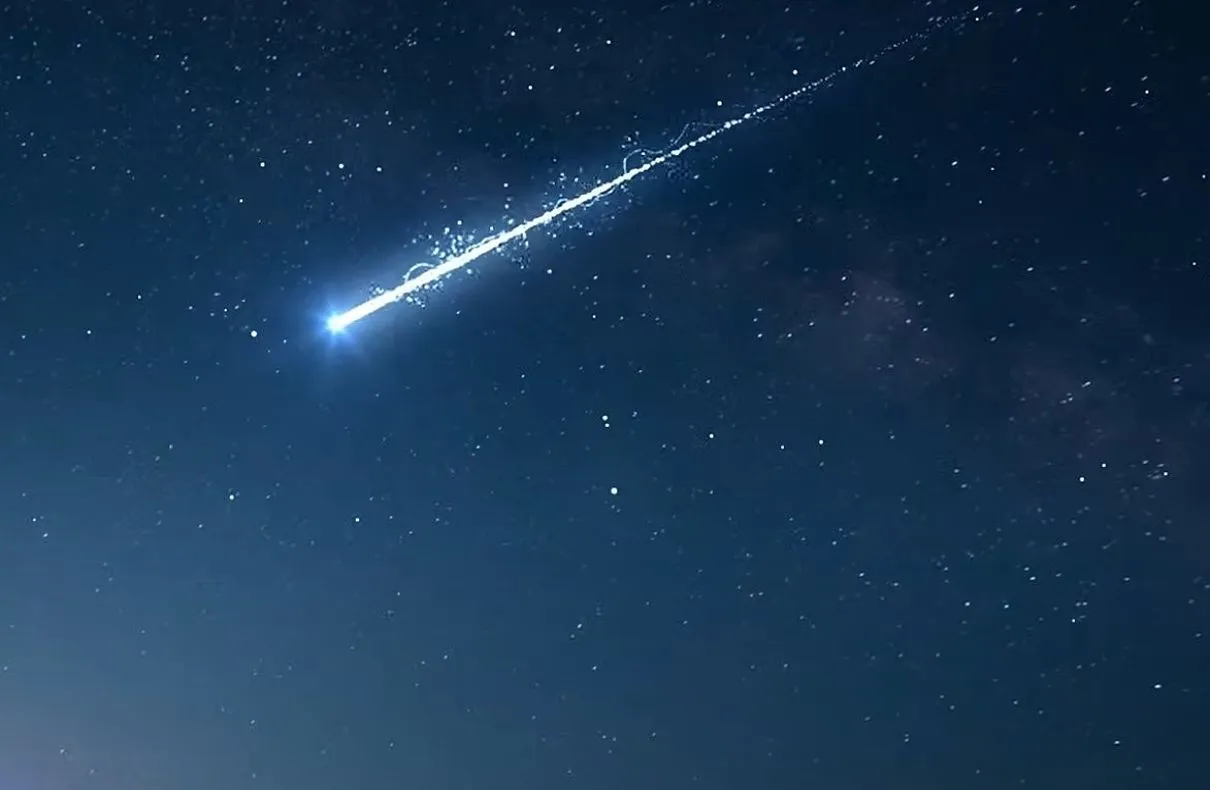ULA Vulcan Rocket Mission: Exploring the Moon’s Surface
In a significant milestone for space exploration, United Launch Alliance (ULA) successfully launched its brand-new Vulcan Centaur rocket on its inaugural flight to the moon. This mission, named Cert-1, marks the first time an American spacecraft will venture to the lunar surface in over 50 years.
On January 8, 2024, at 2:18 a.m. EST, the Vulcan Centaur rocket lifted off from Cape Canaveral Space Force Station in Florida. Powered by two solid rocket boosters (SRBs) and two Blue Origin-built BE-4 first-stage engines, the rocket soared into the sky with nearly 2 million pounds of thrust. The 202-foot-tall rocket, accompanied by Pittsburgh-based company Astrobotic's Peregrine moon lander, embarked on its journey to the moon.
Astrobotic's Peregrine lander is a robotic spacecraft carrying ...

